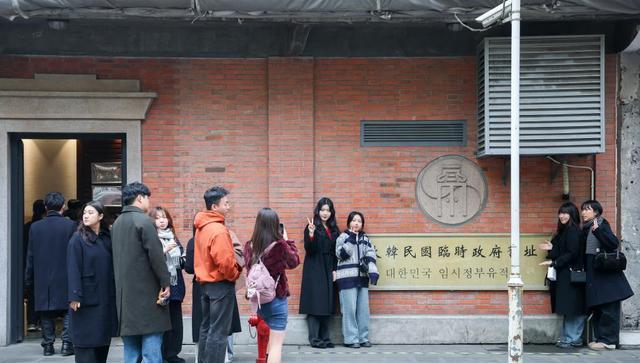Korean Tourism Surge in Shanghai: Impact of Visa-Free Policy
Following China’s visa-free policy implementation for South Korean tourists in November 2024, Shanghai has experienced a significant influx of Korean visitors, with popular spots seeing massive queues and businesses adapting to cater to the new wave of tourists.

Shanghai’s international appeal and proximity to South Korea have created a perfect storm of tourism growth following China’s implementation of a 30-day visa-free policy for South Korean citizens. The impact of this policy shift has been immediately visible across the city’s most popular destinations.
The dramatic surge in Korean visitors has transformed Shanghai’s urban landscape. Popular restaurants now report waiting lists of up to 380 tables, with Korean tourists comprising 70-80% of their clientele. The waiting time for some establishments has stretched to 3-5 hours, a phenomenon that has become commonplace in areas like Nanjing Road and Xintiandi.
This tourism boom is driven by several key factors. The short flight time between South Korea and Shanghai - approximately 1.5 hours - makes it an ideal weekend destination. The elimination of visa requirements has removed a significant barrier, as previous visa fees could cost up to 180,000 Korean won (approximately 896 RMB).
Local businesses have rapidly adapted to this new market. Many establishments have introduced Korean-language menus and hired Korean-speaking staff. Some restaurants have even employed Korean language teachers to better serve their new customers. Popular attractions among Korean tourists include the Former Korean Provisional Government Building on Mading Road, which holds historical significance for Korean visitors.
The economic impact has been substantial. According to travel platform data, Korean tourist bookings to Shanghai have increased by over 180% compared to previous periods. Korean visitors show particular interest in experiencing local cuisine, shopping, and visiting cultural sites. Many are drawn to locations ideal for social media content creation, particularly in areas like Wukang Road, where cafes and historical architecture provide perfect photo opportunities.
This tourism surge reflects broader patterns in Korean travel behavior. South Korea has consistently been a major tourism export country, with approximately 500,000 citizens traveling abroad monthly. The age demographic of these travelers is notably concentrated, with 80% being between 21 and 60 years old, representing a significant purchasing power segment.
The visa-free policy has effectively transformed Shanghai into a spontaneous weekend destination for Korean tourists. Many visitors now plan quick trips, arriving on Friday evening and departing Sunday, creating a new pattern of short-term but high-frequency tourism that benefits local businesses and contributes to Shanghai’s international atmosphere.
However, this sudden increase in visitors has also presented challenges. Popular destinations face overcrowding issues, and public transportation systems are experiencing increased pressure. These growing pains highlight the need for infrastructure adaptation to accommodate the rising number of international visitors while maintaining service quality for local residents.
The phenomenon represents more than just economic benefits - it’s fostering cultural exchange and strengthening people-to-people connections between China and South Korea. As businesses continue to adapt and the city’s infrastructure evolves to meet this new demand, Shanghai’s position as a premier destination for Korean tourists appears set to grow further in 2025 and beyond.